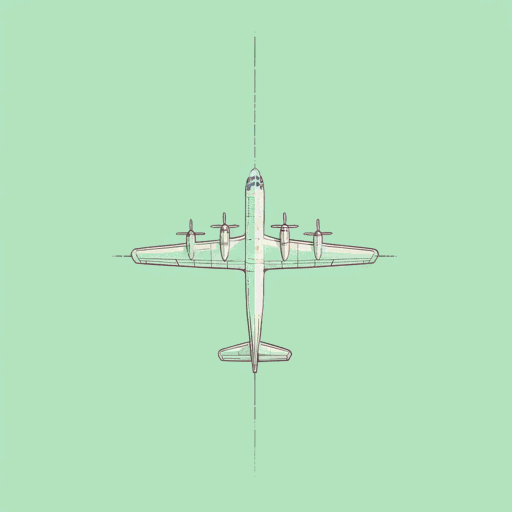62 pages • 2 hours read
Joseph HellerCatch-22
Fiction | Novel | Adult | Published in 1961A modern alternative to SparkNotes and CliffsNotes, SuperSummary offers high-quality Study Guides with detailed chapter summaries and analysis of major themes, characters, and more.
Symbols & Motifs
Catch-22
Though the novel’s titular Catch-22 is a specific military clause about mental illness and military service, the same essential concept recurs through numerous bureaucratic and legal paradoxes that trap characters and remove their control over their own destiny. Catch-22s often appear as a method of control to prevent characters from acting freely. The first use of the phrase, for example, is when Doc Daneeka explains to Yossarian that a psychiatric diagnosis won’t ground him from flying missions: Anyone who wants to excuse evade the dangerous missions is, by definition, “sane” as no rational person would want to subject themselves to such danger. Moreover, the doctor explains, the demonstrably “insane” people (like Orr) can only be declared such by telling the doctor—and, in doing so, they will be demonstrating their own “sanity.” Such a diagnosis thus can never excuse men from missions, as the paradoxical legal system places them in logical trap.
The Catch-22 becomes a recurring motif. Whenever characters encounter some kind of legal paradox that denies them agency, they instinctively refer to Catch-22. Yossarian begins to preemptively refer to the paradox when he encounters whatever bureaucratic rule is forcing him to fly another mission or remain in the military.
Featured Collections
Fear
View Collection
Good & Evil
View Collection
Memorial Day Reads
View Collection
Memory
View Collection
Military Reads
View Collection
Order & Chaos
View Collection
Popular Study Guides
View Collection
Safety & Danger
View Collection
School Book List Titles
View Collection
Sexual Harassment & Violence
View Collection
The Best of "Best Book" Lists
View Collection


